
Resolution: Love Your Legumes
Author: be well™ with Big Y® Registered Dietitian Team
What food will provide an abundance of protein, fiber and starch for minimal cost? Hint: Most Americans forget to incorporate them into meals on a regular basis, but these nutritional powerhouses are truly unsung heroes for health, weight management and managing food budget. The answer may surprise you: pulses.
What are Pulses?
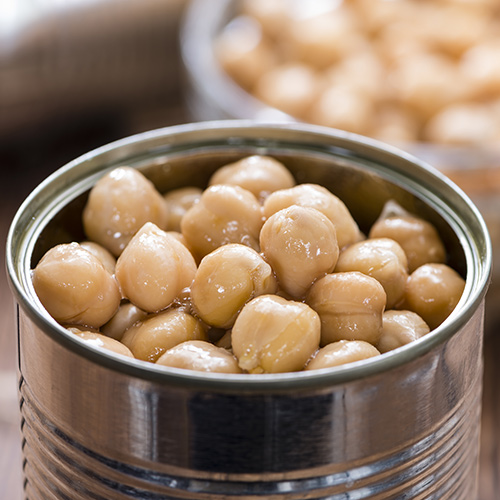
Pulses are what we think of as dried beans, peas, lentils and chickpeas. Although these are often referred to as legumes, pulses are actually one category of legumes. Peanuts, soy (edamame) and fresh peas and beans are also considered legumes.
Note: Don’t get hung up on the “dried” aspect of their name, pulses in canned or frozen form are just as equivalent nutritionally. Canned beans like black, cannellini, kidney and pinto beans have simply been cooked and ready to consume—making them superb meal-solution must-haves!
The Nutritional Benefits of Pulses.
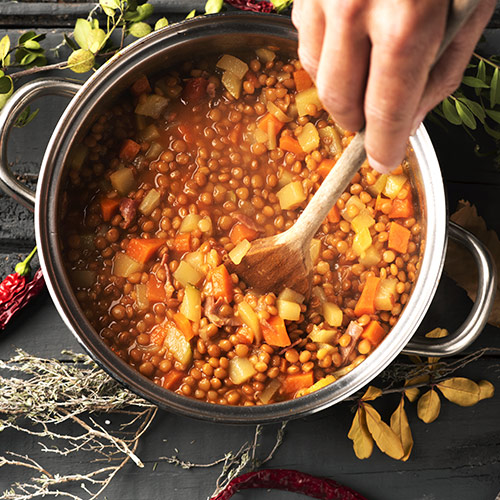
A fiber-rich, plant-based source of protein, pulses offer impressive characteristics when building meals. Depending on the type of pulse you cook with, you’ll gain an array of nutrients like iron, potassium, zinc, B-vitamins like folate and antioxidant-acting compounds. In comparison to animal-based sources of protein, pulses provide nearly zero grams total fat and are free of sodium.
How Eating Pulses Helps the Environment.2
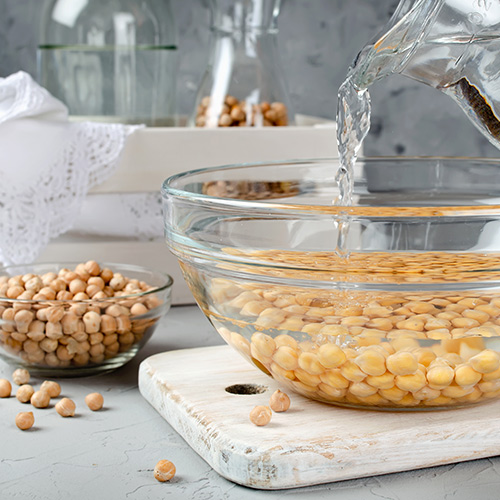
Additionally, the environmental and economic impact pulses have globally is incredible. Pulses grow in very severe conditions like drought, making them an essential source of food and income for millions. The amount of water used in farming pulses is a fraction of that for other protein sources like cattle, chicken and pork.
How to Pulse.
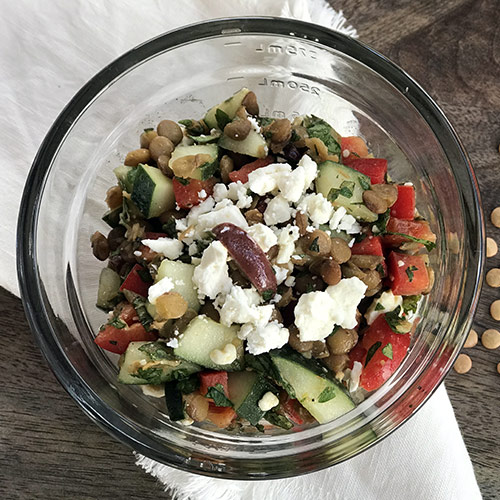
Dried beans, peas, lentils and chickpeas work in almost any recipe you can dream up. Their colors and textures add vibrancy and contour to dishes. From salads, soups, casseroles and breads to baked beans, salsa, hummus, veggie burgers, smoothies and desserts, pulses can play a leading role.
Want a little bean-spiration? Check out our “We Love Beans, Yes, We Do!” article!
Do Pulses Count as a Vegetable or Protein?
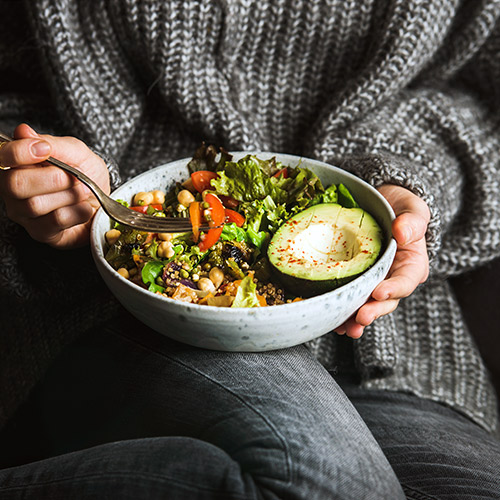
Although many may consider pulses a source of protein versus a vegetable, the great aspect is dried beans, peas, lentils and chickpeas are considered BOTH a protein-rich food and vegetable according to the 2020-2025 Dietary Guidelines for Americans.1
How you count pulses toward your daily Food Group goals is your choice. For example, have you meet your Protein Food Group goal recommendations yet? If not, count them toward your Protein Food Group. If you have, count your quantity of pulses to your Vegetable Food Group goal. Easy peas-y.
How Many Dried Beans, Peas, Lentils and Chickpeas Should You Eat Every Week?
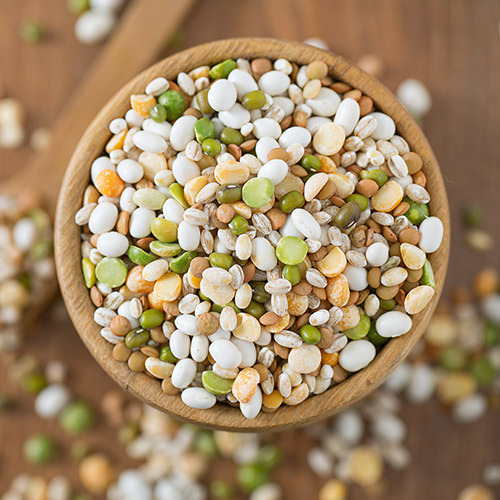
As with each Food Group guideline, your recommended amount will vary on your calories needs based on height, weight, gender, life stage and activity level. In general, though, a 2,000-calorie meal plan is recommended to aim for 1 1/2 cup-equivalents of pulses each week.
To learn your recommended servings of pulses per week, visit MyPlate.gov to learn what your MyPlate looks like!
Tips For Eating Enough Pulses.
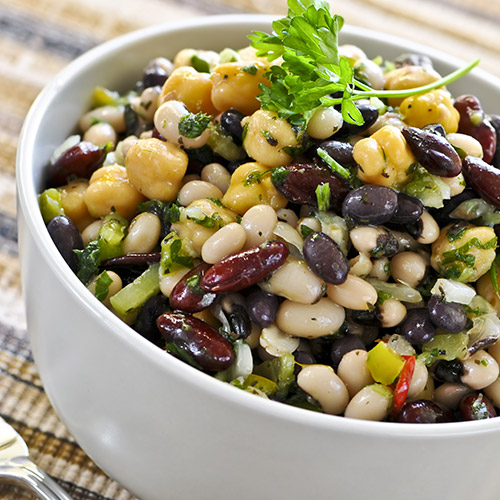
- Add 1/4 cup low-sodium canned kidney beans to your salad at lunch.
- Snack on bell pepper slices, carrots and mushrooms dipped in hummus made with chickpeas.
- Mix low-sodium canned black beans into ground beef or turkey when preparing tacos.
- Add lentils and beans to soups and casseroles.
- Create summer salads with beans and lentils versus pasta.
1 U.S. Department of Agriculture and U.S. Department of Health and Human Services. Dietary Guidelines for Americans, 2020-2025. 9th Edition. December 2020. Available at DietaryGuidelines.gov.
2 USA Pulses. Pulses: healthy crops for the people and planet. https://pulses.org/us/sustainability/. Accessed 1/20/2023.
Published 1/23/2023


